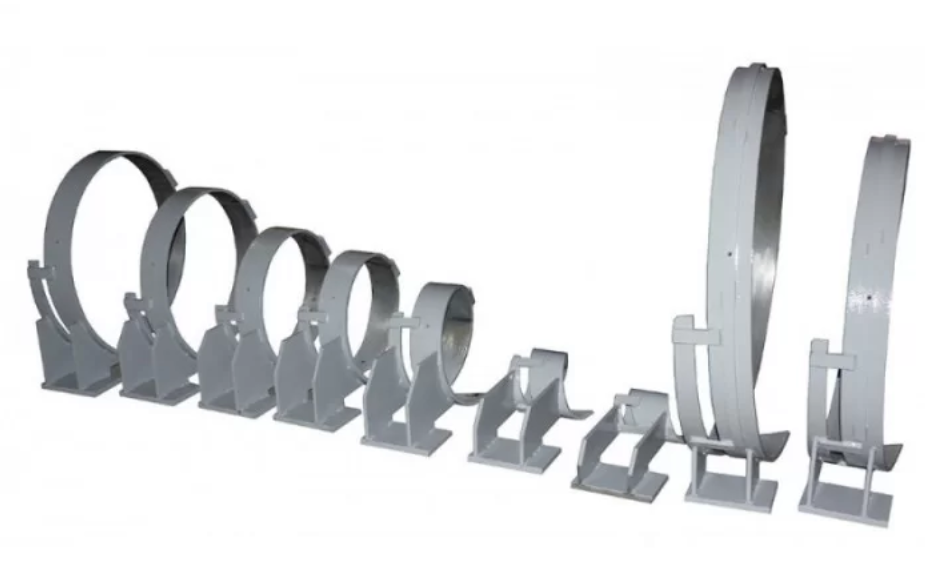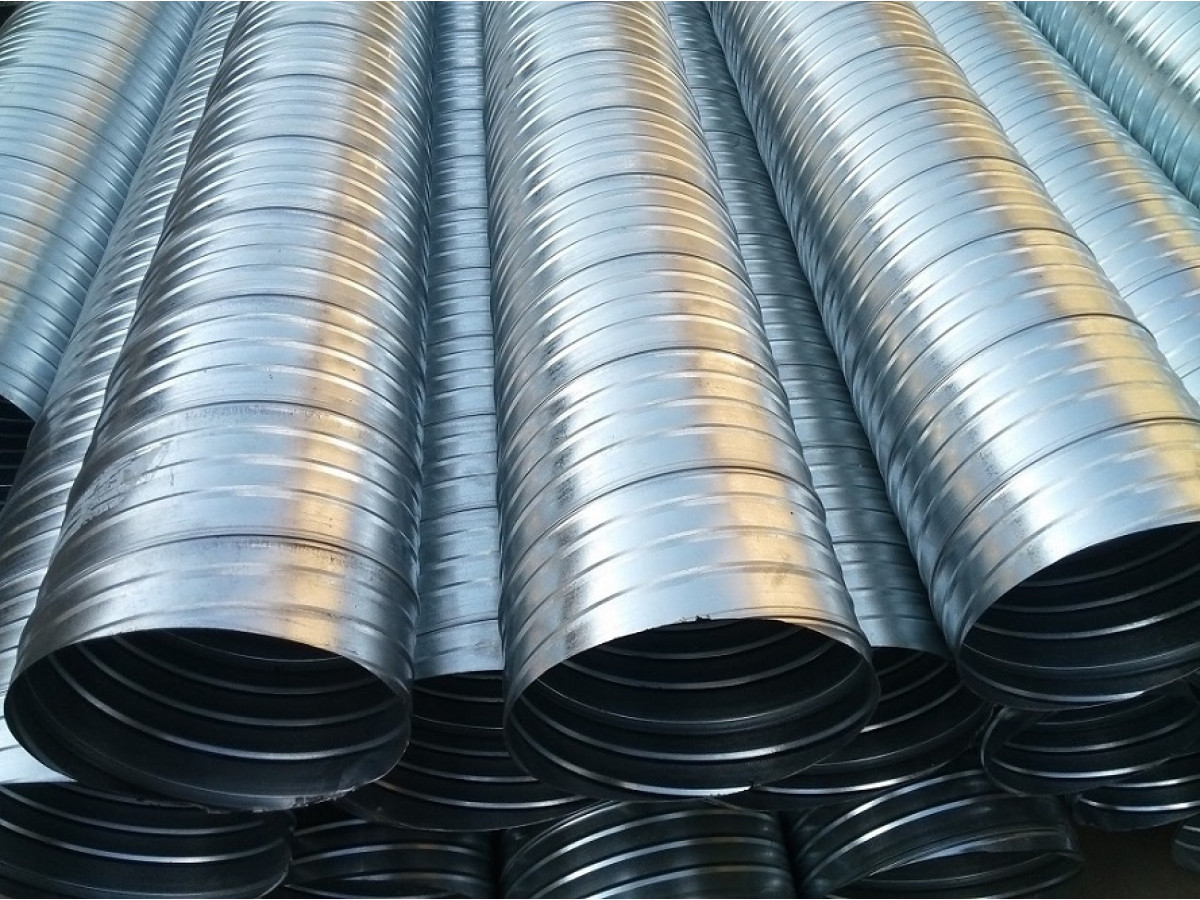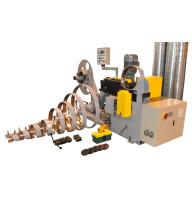Hi all, here we'll try to explore several most popular types of spiral tube forming machines. This type of machinery used in steel cable tray industry, HVAC (mostly), flexible pipes made of aluminum foil, pipe insulation and some times in dawnspot systems manufacturing:
1. Cable trays
2. Flexible aluminum pipes
3. Aluminum flexible pipe with arm. wire.
4. HVAC
5. Big welding spiral pipes
Let's
check spiral tube formers for air condition and pipe insulation a bit
closer. Regular diameters for these machines are from 30 inches to 5
feet (80 to 1500mm), and it's usually work with metal strip 5,4 inch
width and 0.016 - 0.08 inches thickness (0.4 to 2mm / 137mm).
The
idea is to make lock on the ages of the strip by rollforming, than make a
circle in some kind (flexible of fixed) of mold, and closing by
pressure of the "left" strip side at the begining of the circle with
"right" side lock of the same strip but at the end of the circle, after
the mold.
Mainaly raw material of the strip is galvanized steel, but
same time it could be stainless steel, aluminum or couper in coil.
Weight of the coils could be up to 1500 lbs. To get such raw material
you'll have to but big coil and cut it on slitting machine to required
width stips.
So for the beginning this heavy coil must be installed on the DECOILER:
Different manufacturers use different types of decoiler, whatever most of the unpowered. Simple ones has own wheels to move around machine, better ones made on the very same frame with roll forming part, best ones include servodrive for precise automated positioning. All these staff appear to be necessary because of for different diameters of the pipe - you have to change angle of the roll forming part. And of course decoiler must be set on the same axis with roll forming, and it's very important for the stable work.

Rollforming part
Some people say that roll forming part is very very complex and important part of the spiral tube forming machine. I wouldn't agree with them. I've seen many different engineering decisions and I could confirm that some of the was made of only 2 stations (4 rollers) and it does work! The biggest one was six stations (12 rollers) also produce very same lock in the end :) In my opinion 4 stations (8 rollers) is enough to get stable good result with strip speed up to 40 yards / min.
Molds
Perhaps it's one of the most contentious question during the selection of the machine! The debate about what type is the best - flexible (steel belt) of fixed size (made of cast) forming mold do not cease to this day. Some manufacturers (including European) successfully use steel belt molds (steel belt made of spring steel - width about 8 inch & thickness less than 1 inch), others are using the casting of silumin alloy with precise milling and cover internal side of the molds by copper (these copper sliding spacers required to change after about 1 year working). But the main difference between these two mold types is that you don't need to adjust diameter with cast molds (fixed molds) - but you need to have each special mold for each of the diameters that you'd like to make (means one fixed mold can be used to produce only one pipe diameter).
As we can see on practice, no matter what kind of the machine you'd choose - 50% depends on your staff. Even the most expensive machine in the inept hands gives defective products, and even the cheapest machine can produce excellent products when well turned. Off course you'd spend more time to learn and tune up simple machine.
Cutting
For such machines usually used saw cutter or slitting rollers. Slitting rollers have a huge advantage because cutting process is silent, and the pipe edge after such cutting are clear and straight, and finally one pair of slitting rollers could work for several years with good service. But at the same cutting with slitting rollers requires more careful handling and adjustment. In case of wrong positioning - the cutting edge of the slitting rollers could be easily critically damaged.
Good luck !
Ask the questions if you have some ;)


